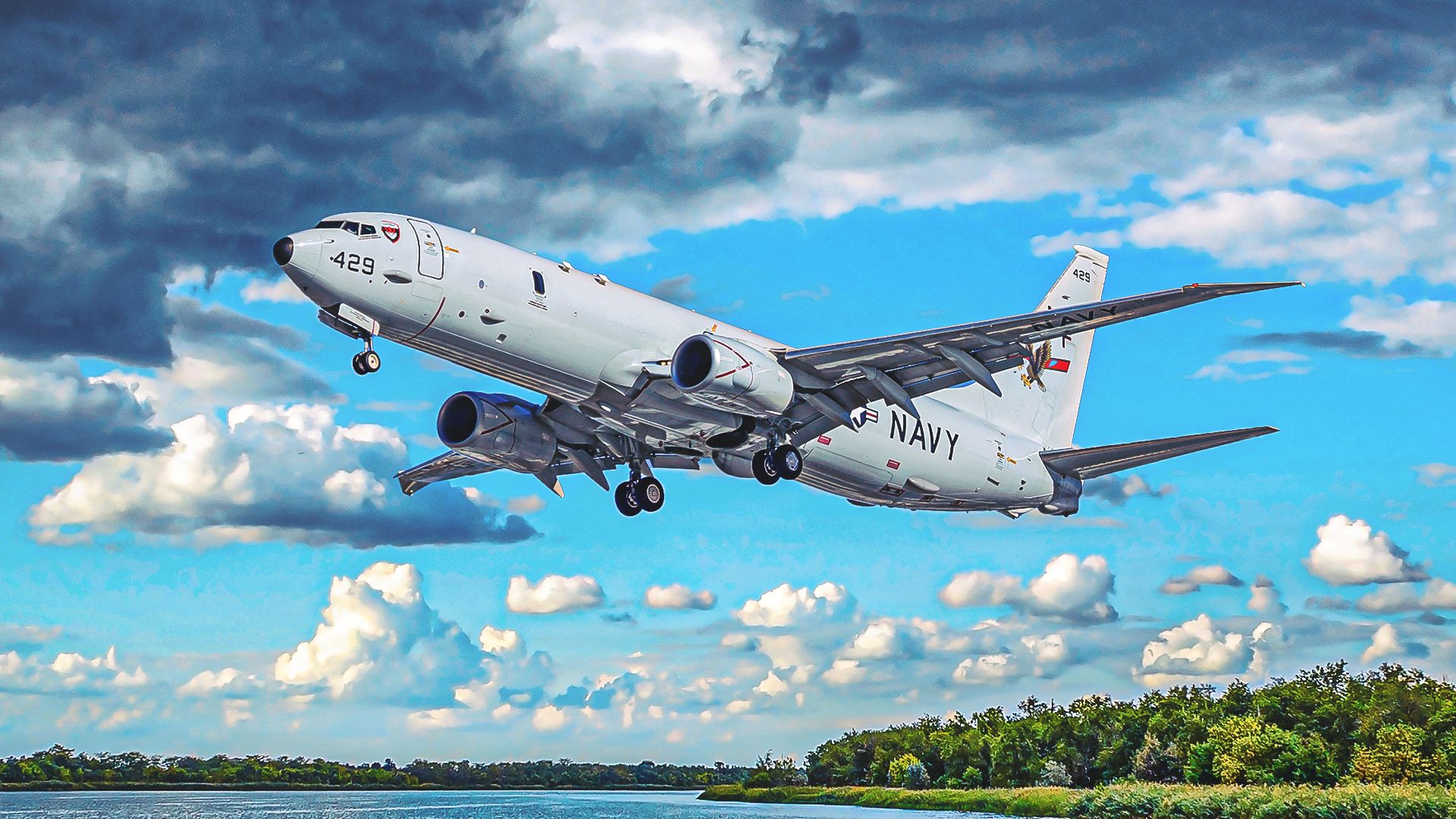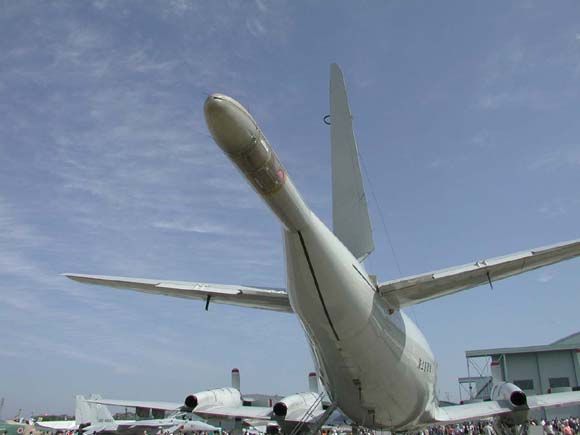Summary
- The P-8 Poseidon is replacing the Lockheed P-3 Orion in US Navy’s antisubmarine warfare.
- The P-8 features advanced sensor technology to detect subs effectively.
- The P-8 is equipped with an advanced torpedo arsenal for underwater threats.
Replacing a military aviation icon is never easy, but the Boeing P-8 Poseidon is in the process of doing just that, supplanting the venerable Lockheed P-3 Orion (which has served faithfully since 1959) as the US Navy’s premier antisubmarine warfare (ASW) warbird.
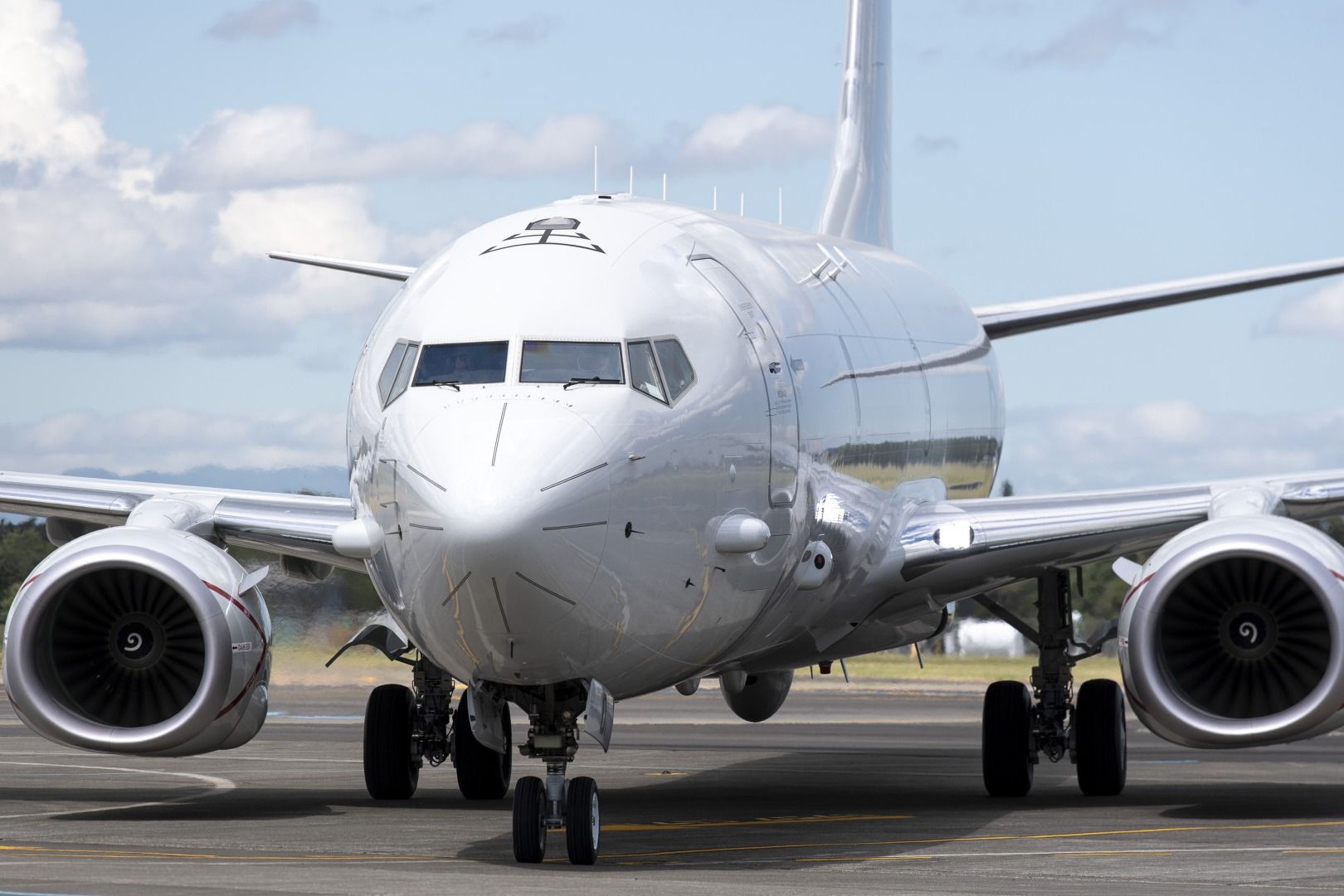
Related
How The New Zealand Air Force Puts Its Boeing P-8 Poseidons To Work
The Royal New Zealand Air Force (RNZAF) is small, but they make the most their small size. The P-8 Poseidon exemplifies this.
Granted, this isn’t the first Simple Flying article I’ve penned regarding the P-8, but those previous pieces covered the Poseidons in the service of the Royal Australian Air Force (RAAF) and Royal New Zealand Air Force (RNZAF). This time I shall cover the plane’s service to the US Navy, and what sort of technologies it uses to fulfill the USN’s ASW mission.
The sensors
The key attributes of enemy submarines that make them such a threat to one’s own surface fleet are stealth and silence (the USN affectionately dubbed its own submarine fleet during WWII “the Silent Service”), so it goes without saying that the most important attribute of the Poseidon is the ability to detect the subs. The P-8 has seven operator consoles in the cabin for monitoring these detection devices.
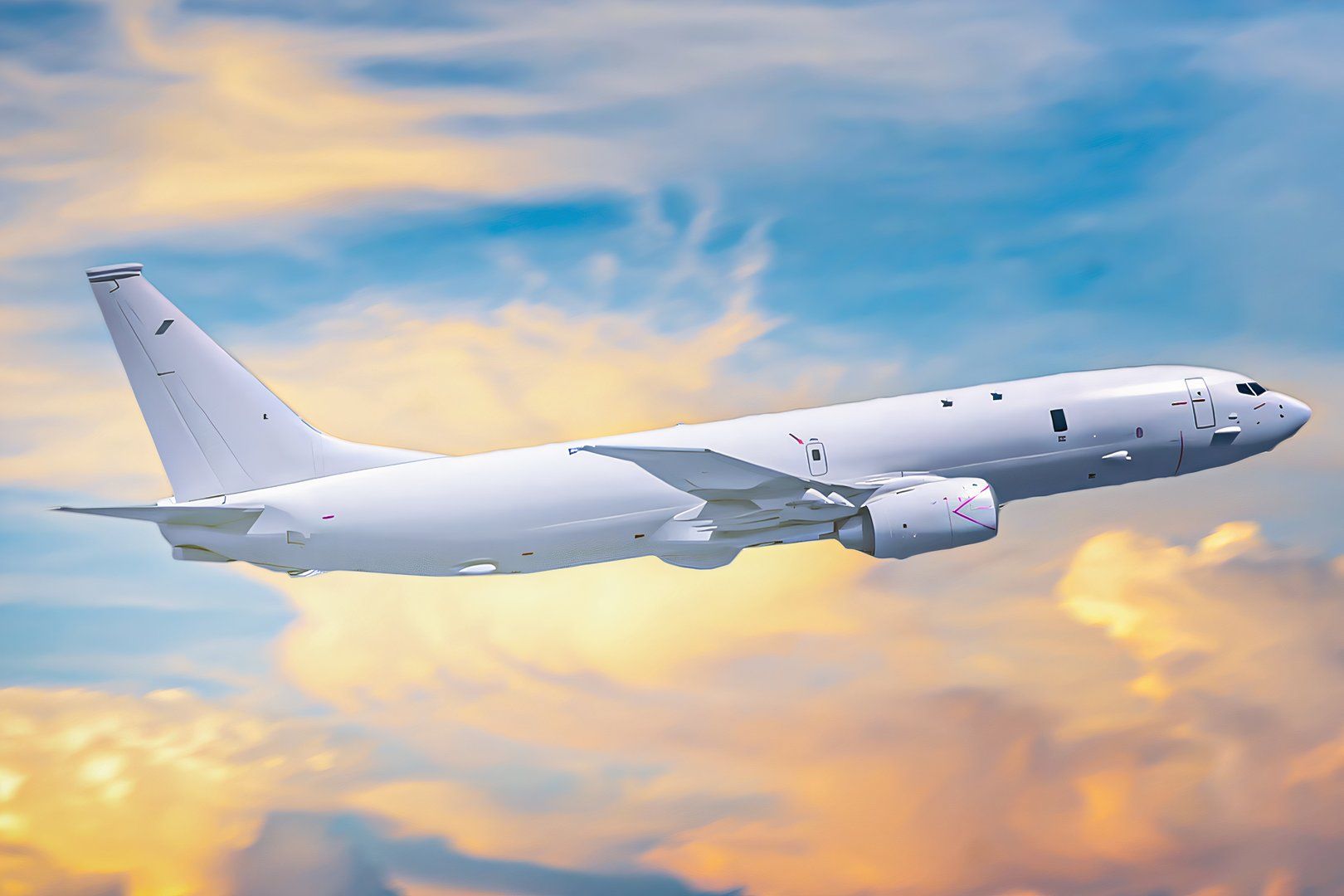
Related
How The P-8 Poseidon Serves Multiple Functions For The US Navy
The Boeing P-8 Poseidon serves the U.S. Navy as an essential multirole aircraft, greatly enhancing the Navy’s mission capabilities.
First and foremost, there is the WESCAM MX-20HD digital electro-optical (EO) and infrared (IR) multi-spectral sensor turrets, which are gyro-stabilized and can have up to seven sensors, including infrared, CCTV, image intensifier, laser rangefinder, and laser illuminator. The MX-20HD is manufactured by L3Harris Technologies, Inc.,
The P-8 is also equipped with a magnetic anomaly detection (MAD) system, a concept that may sound familiar to fellow fans of old-school Tom Clancy novels like “The Hunt for Red October” and “Red Storm Rising.” The one on the Poseidon is manufactured by CAE Inc. (originally Canadian Aerospace Systems) and is called the advanced integrated MAD system (AIMS), which is also designated by the military nomenclature AN/ASQ-508.
For the benefit of our readers not familiar with MAD (obviously not to be confused with nuclear “MAD” as in “Mutually Assured Destruction”), here’s an explanation of the concept, courtesy of the CAE info page:
“The MAD system consists of a highly sensitive magnetometer, which is designed to sense changes in the earth’s magnetic field due to metallic objects in the vicinity. Typically, the MAD system is mounted in the tail area of an aircraft to minimize magnetic interference. The range of the MAD system varies, but will generally detect anomalies at approximately 1,200 metres [3,937 ft].”
There is also a sonobuoy rotary launcher (SRL) with pneumatic ejection, originally developed by the EDO Corporation (based in New York City), which is suitable for both high- and low-altitude applications.
Needless to say, submarines are at their most vulnerable when surfaced, followed by when they are at periscope depth, which is where the importance of the P-8’s AN/APY-10 radar — which is installed on the enlarged nose fairing — comes into play. The Naval Technology (NT) website elaborates:
.
“The AN/APY-10 radar provides the synthetic aperture radar (SAR) mode capability for imaging, detection, classification and identification of stationary ships and small vessels as well as for coastal and overland surveillance. It also provides high-resolution imaging synthetic aperture radar (ISAR) mode for imaging, detection, classification and tracking of surfaced submarines and small, fast-moving vessels that operate in coastal waters.”
“The SAR provides a multiple-resolution strip map and spot SAR operation, allowing high resolution for target identification, battle damage assessment and weapons targeting… Periscope detection uses high-scan speeds, high-pulse repetition frequency and high-resolution mode with advanced sea clutter rejection.”
The weapons
Once the previously described technologies of the P-8 have detected, identified, and sounded the alarm about the enemy subs, it’s time to get down to brass tacks, i.e. the morbid but necessary job of actually killing the enemy vessels.
Torpedoes are, of course, a submarine’s primary weapon for attacking enemy fleets (though many of them also carry cruise missiles for striking targets inland). In the spirit of “Fight fire with fire,” the Poseidon’s primary tool for attacking those underwater torpedo platforms is its own torpedo arsenal, specifically the Raytheon MK 54 Lightweight Torpedo, which was first successfully test-fired from the warbird back in October 2011.
A major reason that the MK 54 is a good match for the Poseidon is the ability of the “torp” to be fired from high altitude. Raytheon’s product info page provides these additional details:
“The MK 54 lightweight torpedo is the primary anti-submarine warfare weapon used by U.S. Navy surface ships, fixed-wing aircraft and helicopters. Designed to operate in shallow waters and in the presence of countermeasures, it can track, classify and attack underwater targets… To replace the aging fleet of torpedoes, the Navy worked with Raytheon to design and develop an improved lightweight torpedo. The MK 54 combines the advanced sonar transceiver of the MK 50 torpedo with the legacy warhead and propulsion system of the older MK 46… It has undergone over 25,000 high-fidelity simulation runs at the Naval Undersea Warfare Center in Newport, Rhode Island. The MK 54 was also put through its paces and exceeded expectations during in-water testing.”
Specifications for the MK 54 torpedo include:
- Mass: 608 lb (276 kg)
- Length: 106.9 in (2.72 m)
- Diameter: 12.75 in (324 mm)
- Warhead Weight: 96.8 lb (43.9 kg)[
- Blast Yield: 238 lb (108 kg) TNT
- Range: 10,000 yd (9.1 km)
- Max Speed: >40 kn (46.0 mph; 74.1 km/h
In addition to the fancier high-tech weaponry, the P-8 can also carry the most time-honored ASW weapons system known to man: good old-fashioned depth charges a technology that dates back to the First World War.
Though nowhere near as precise as the aforementioned torpedoes or missiles, and therefore requiring a much heavier expenditure of ordnance, the psychological effects of a depth charge attack against a submarine’s crew can be absolutely harrowing, as anyone who has watched classic WWII submarine movie like “The Enemy Below” (starring Robert Mitchum and Kurt Jurgens) and/or “Das Boot” (starring Jürgen Prochnow and directed by Wolfgang Petersen) can attest:
Countermeasures
The P-8 doesn’t carry any kinetic defensive weapons. However, courtesy of Northrop Grumman, the sub-hunting warbird does have an electronic warfare (EW) self-protection suite, which includes the following:
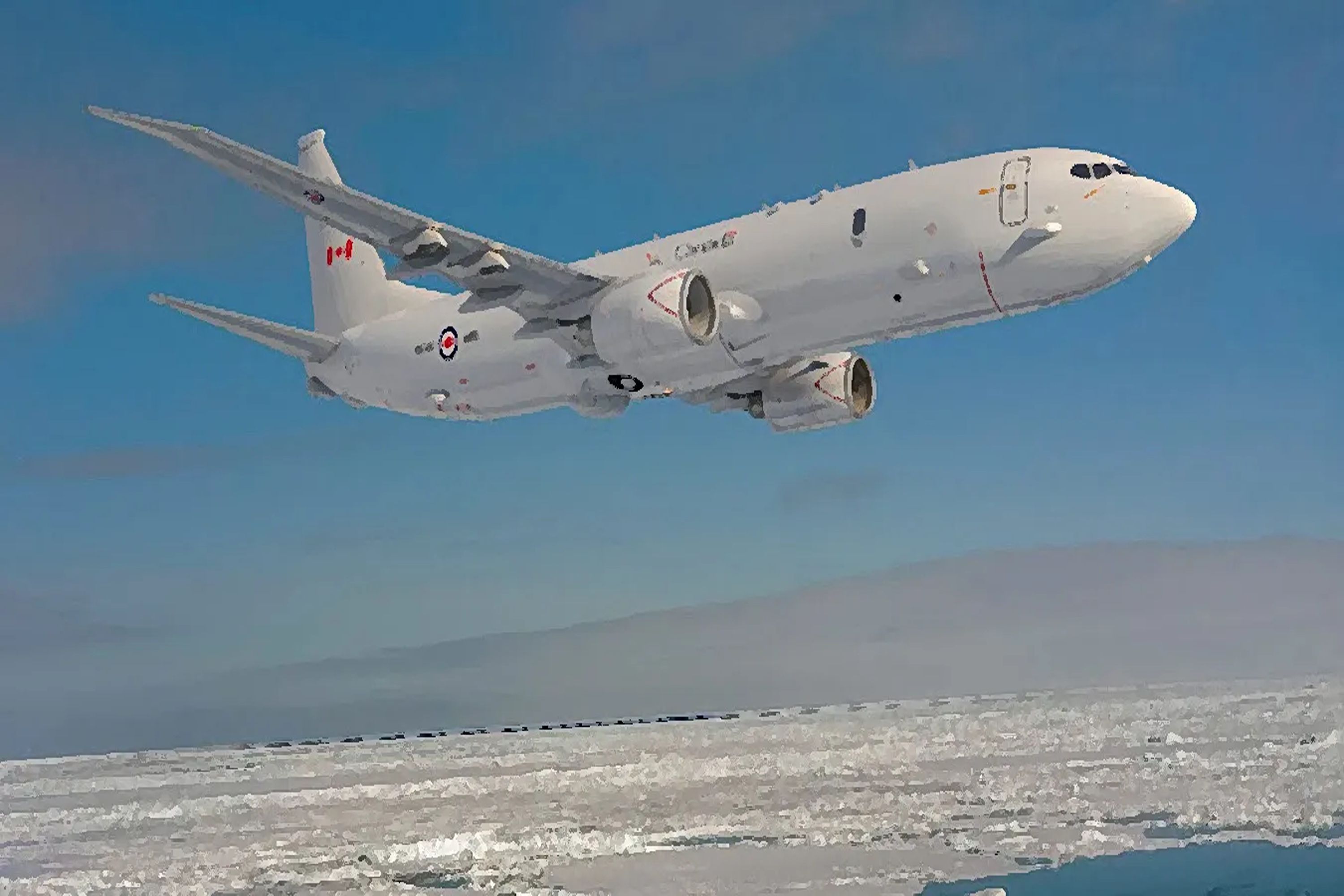
Related
US Navy Awards Boeing $3.4 Billion Contract For 17 P-8A Poseidons
The planes will go to the Royal Canadian Air Force and the German Navy.

